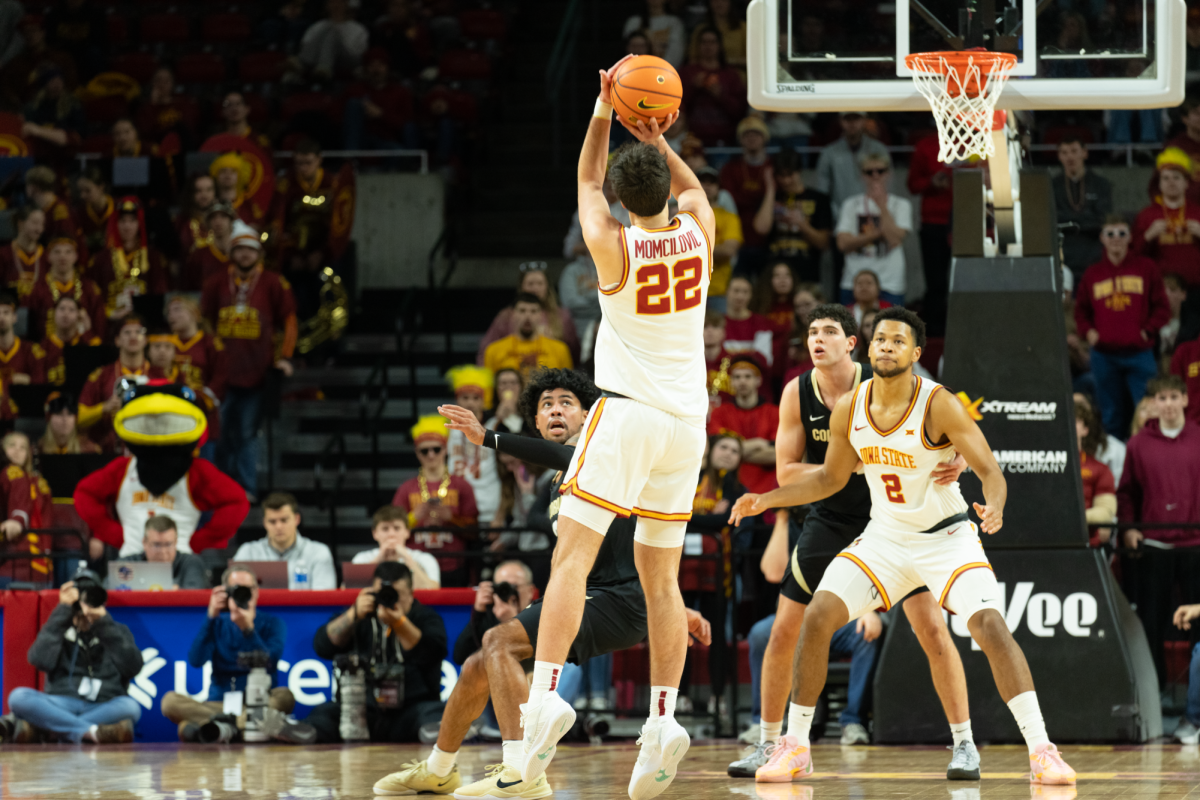CyRide emphasizes passenger safety
March 9, 2007
With a recent bus crash in Ohio responsible for the deaths of six passengers, some are questioning the safety of buses compared to the safety of a car.
However, CyRide trainer Tom Budd, who has worked for CyRide for 15 years, is confident in the safety of buses.
“Buses are extremely safe compared to cars,” he said. “I can’t remember the last time we’ve had a passenger injured in an accident on the bus.”
Budd said because the bus is so much heavier in mass compared to a car, damage resulting from an accident is minimal on the bus, but devastating to the automobile.
“Sometimes cars are completely destroyed,” Budd said.
The buses are equipped with strong aluminum bumpers on both ends to minimize the force of a car hitting the bus, Budd said. Turn signals positioned higher on the bus have also been recently added. Since the bus rides higher than normal traffic, if the bus is hit from the side, the bus sustains minimal damage.
“Sometimes it’s hard for us to know if we’ve been hit,” Budd said.
“Safety is a big focus at CyRide.”
The passengers inside the bus are rarely hurt if there is an accident, Budd said, because there are padding on the ground, seats and other apparatuses to hold on to.
Peter Hallock, assistant director with the office of public transportation at the Iowa Department of Transportation, said in the last year, the federal government statistics showed there were 163 fatalities on public transportation vehicles, and there were 144,000 vehicular deaths.
“Cars are definitely not as safe as busses,” Hallock said. “The most common accidents are when someone rear-ends a bus because they are following too closely, or when a car passes a bus and then [immediately] turns right.”
In terms of accidents, CyRide has “good years and bad years,” Budd said, but in the previous year alone, there were 1.2 million miles driven with only two accident claims, and no preventable accidents.
Many CyRide drivers, Budd said, have million-mile awards, meaning they have driven one million miles without any preventable accidents.
There is a large responsibility with driving a CyRide bus, Budd said, so training to become a CyRide operator is extensive and generally costs more than $2,000.
CyRide is a very selective employer, and only about half of the people who apply are trained.
The prospective trainees do not need to have a CDL, but must go through drug testing and have a good driving record, having only two at fault tickets or two moving violation tickets.
This is interchangeable as well, he said.
If a person is chosen to train, they go through 40 hours of nonpassenger bus driving, and between 60 and 100 hours of driving routes with an instructor when they first begin driving with passengers.
CyRide usually has a peak number of 42 buses running routes in the morning, and that number is usually cut down throughout the day as circulator buses stop running.
CyRide has seven noncirculating routes, three circulating routes and other modifications of those routes.






